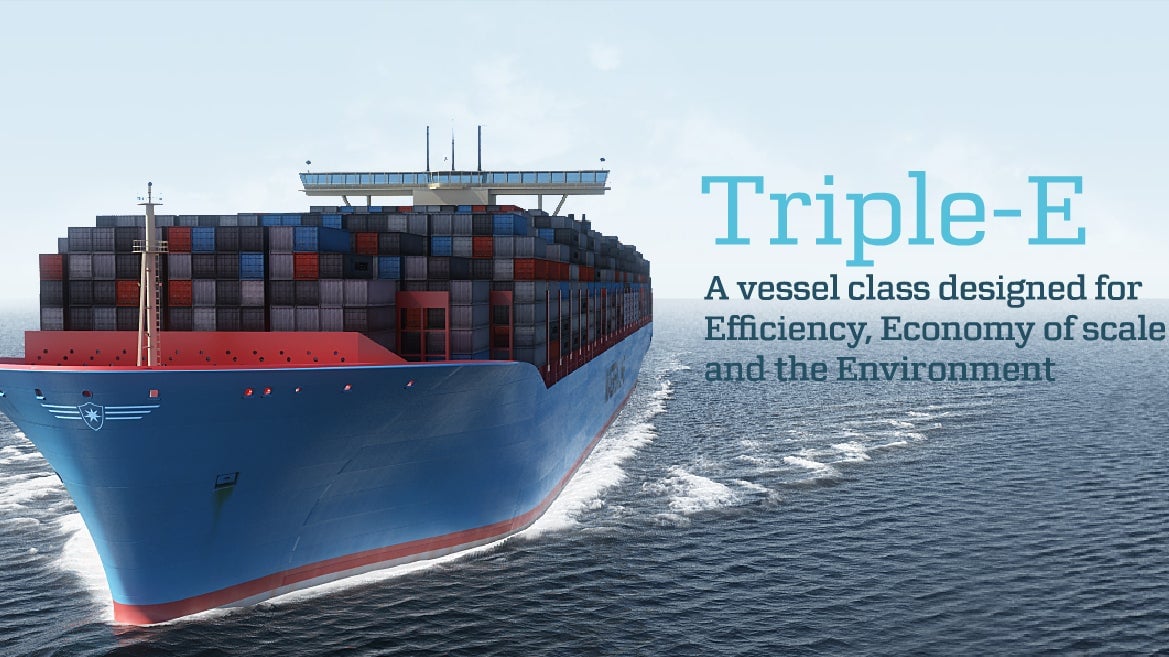The largest container ships ever will start chugging this year—but it’s going to cause a shake-up
Maersk Line, the world’s largest ocean shipping company, has garnered attention for its plan to buy 20 of the world’s largest-ever container ships, called Triple E vessels. They will carry 18,000 TEU (twenty-foot containers), 2,500 more than Maersk’s current largest ships.


Maersk Line, the world’s largest ocean shipping company, has garnered attention for its plan to buy 20 of the world’s largest-ever container ships, called Triple E vessels. They will carry 18,000 TEU (twenty-foot containers), 2,500 more than Maersk’s current largest ships.
Maersk started ordering the vessels two years ago, and last week, the first of them was launched in a South Korea shipyard. On March 4, Maersk CEO Soren Skou announced at a conference (video) that the shipping line plans to launch five of the massive ships in the second half of the year on its route from Asia to Europe and back.
Having such capacity may be good for Maersk in the longer term, but in the immediate future it may not much help the company and certainly not the shipping industry as a whole. The world’s waterways are already overloaded with ships ordered in a frenzy before the financial crisis, but in the absence of the kind of growth that accompanied the bubble. An oversupplied market has translated into low shipping rates.
The route that’s been hit worst of all by the global slowdown? Asia-Europe. With Europe sinking into recession and Asia no longer as dependent upon high-wealth European consumers, it’s unclear exactly when the once-vibrant route will need the kind of shipping traffic that it has. Maersk’s new behemoths clearly don’t help the cause.
Then again, Skou suggests concerns might be premature. “It’s really a 2014 issue as opposed to a 2013 issue because they will not hit the market with any meaningful addition to capacity this year.” Even so, a sour outlook for global trade means there’s likely more trouble ahead for the oceangoers who move the world’s goods.